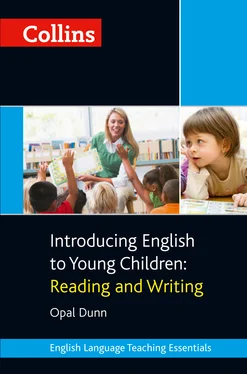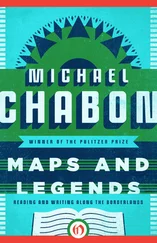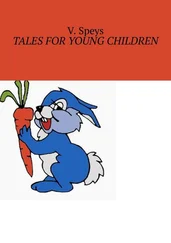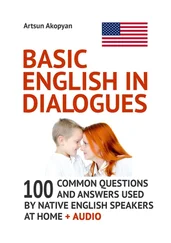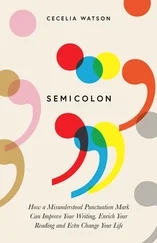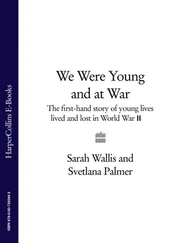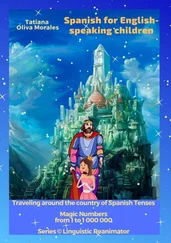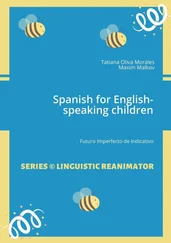Quick tutor-talks can be used to revise a point introduced previously, to correct a recurring mistake, or to explain pattern variations. For example, the teacher might say It’s different this time. For this, we say … Do you remember I said before that …?
It is through tutor-talk that the foundations of formal literacy are built. Quizzes and games may help to further pattern recognition, and a repertoire of these and other activities will help to consolidate the content of these mini-tutorials.
Piaget believed that learning depended on a child’s readiness to learn. Vygotsky recognised a child’s ability to learn with help.
2.7.8 Self-talk
The teacher’s input can take the form of an external monologue of internal thinking. This form of ‘self-talk’ is quite usual among stressed adults who need to clarify their thoughts! Thinking through a problem, seeing cause and effect or weighing up risk is something children have to learn from adults. In self-talk teachers give more than a factual commentary – they reveal aloud how they actually think, feel and deal with a problem, in order to move towards making a decision. The teacher uses self-talk to show children how to think critically and sum up, before arriving at a choice or decision. If the decision is wrong, the teacher also uses self-talk to show how to go back and rethink, in order to arrive at a new decision or choice. For example, the teacher might say Do I go here or do I go there? Oh dear! That’s not right. I think I’ll go back to the beginning. If I do this, what will happen?
Through the teacher’s regular repetition of these thinking-aloud language structures, children can absorb the language of thought and gradually begin to use it. Children, when encountering a problem, often give external monologues which reveal they have learned how to work through a decision-making process logically. A child might say Let me think. Do I go here or do I go there? What if I do this? I’ll try again. I have a good idea. What do I want – this or that? This is better .
Once familiar with the basic language of thought, children begin to create their own personal thinking language, and may code-switch some words into L1. If this happens, the teacher needs to recast what the child has said in English.
Thought is internalised language .
(Vygotsky )
3
Listening to the maturing child
3.1 Self-educators
3.2 Motivation
3.3 Evaluating success
3.4 Autonomy
3.1 Self-educators
Helping children learn better is not the same as helping them become better learners .
(Claxton)
Young children are self-educators if they are provided with enabling experiences. From about 5 years old, many children show signs or wanting to do things for themselves. Many of them already want to become independent, saying things like Let me try. I can do it . They are active agents in their own learning and develop personal strategies to help them progress (including language-learning strategies, which – with adult help – they can reuse to acquire English).
By the age of 6, without being formally taught, children have managed to develop a range of self-learning strategies with which to learn many things. ‘Learning to learn’ involves knowing and being able to use these self-learning strategies effectively. Effective learning at this age forms the foundations for life-long learning.
Strategies are sequences of behaviour, which are developed to enable us to do things in more effective and efficient ways .
(Stewart)
By the age of 7, many of the self-learning strategies for acquiring language are in place, since children are by now fluent L1 speakers. Children who already read and write in L1 have also acquired some self-learning strategies for coded L1 literacy.
As teachers, we need to foster young children’s ability to self-learn, helping them to work out how to transfer their self-language-learning strategies to absorb English successfully. By now, children will already have unconsciously transferred their strategies to pick up spoken English, but they need help to do the same when learning how to read and spell and later create written English.
Learning to reuse and broaden strategies to acquire English cannot be taught by imposed instruction. Children have to explore and experiment for themselves, but they also need to be helped through focused tutor-talk explanations and modelling that they can imitate. Children need time to find out how to use their strategies to solve problems, self-manage and persevere to achieve progress.
Конец ознакомительного фрагмента.
Текст предоставлен ООО «ЛитРес».
Прочитайте эту книгу целиком, купив полную легальную версию на ЛитРес.
Безопасно оплатить книгу можно банковской картой Visa, MasterCard, Maestro, со счета мобильного телефона, с платежного терминала, в салоне МТС или Связной, через PayPal, WebMoney, Яндекс.Деньги, QIWI Кошелек, бонусными картами или другим удобным Вам способом.
